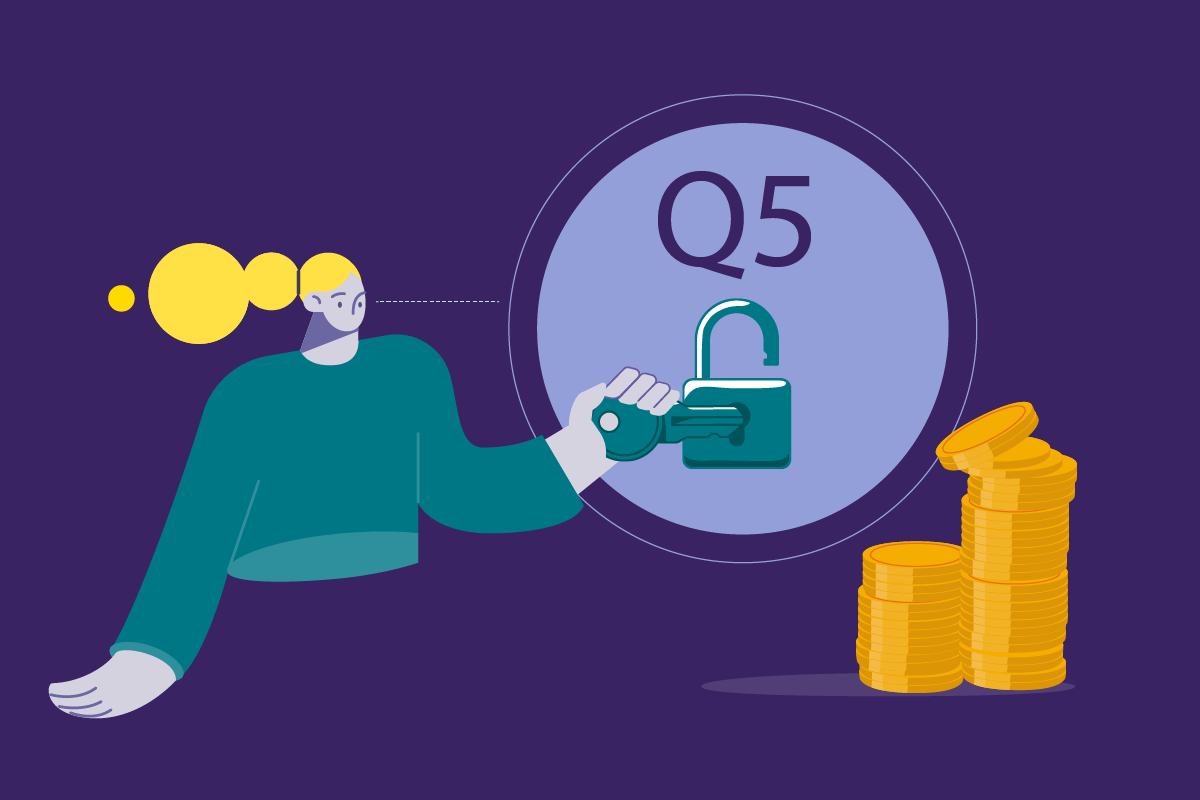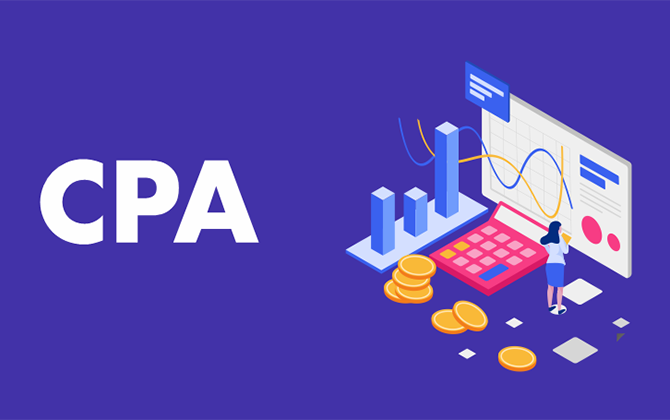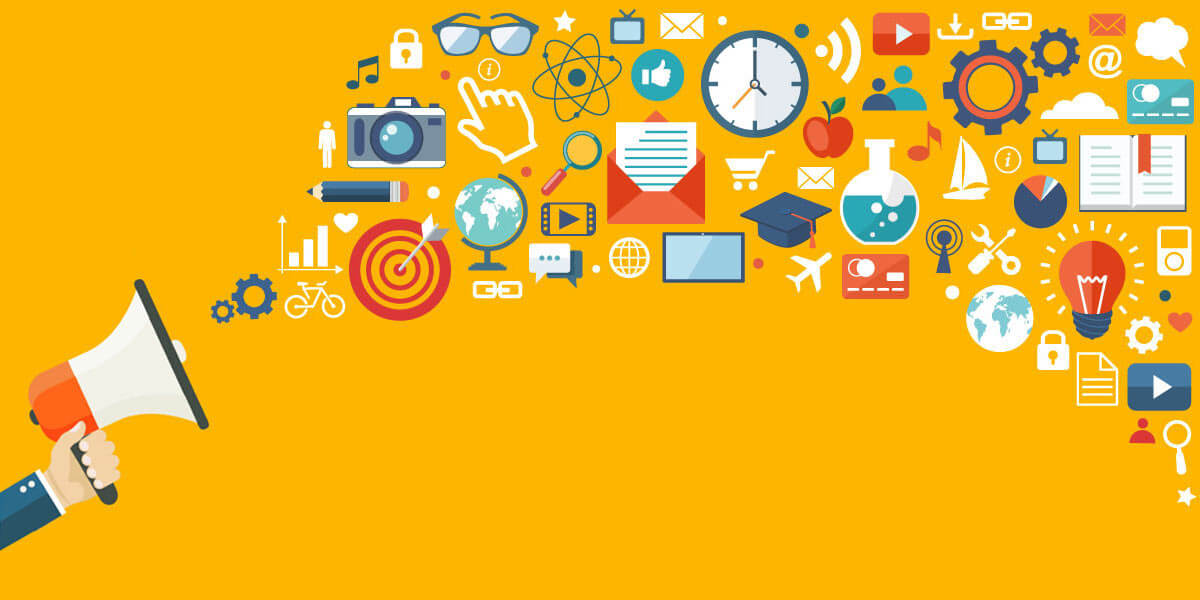
Meta is at it again. Another rollout. Another shiny set of AI toys that promise to “revolutionize your ads” while quietly suggesting that your marketing team should go ahead and update their résumés. The pitch? Simple: “Let the robots do the work while you sip margaritas.”
Cute idea, but if you’re a small D2C brand, you know better. Your creative voice is the thing. It’s why people buy your quirky skincare line instead of grabbing something off the Target shelf. It’s why your apparel drop is a cultural moment and not just another T-shirt in a bin. Handing that voice to AI? That’s like letting Siri write your wedding vows: technically possible, emotionally terrifying.
Here’s the truth: Meta AI ads in 2025 are powerful, but only if you know how to keep your brand’s soul intact.
What’s Actually New with Meta’s AI Ads in 2025?
Let’s cut through the confetti cannons. The new Meta AI ad tools can crank out endless ad variations, optimize budgets in real-time, and auto-target audiences faster than your intern can say “boost post.” It’s a machine built for speed, scale, and efficiency.
For small D2C brands, this is like getting VIP access to tools that used to cost enterprise teams millions. The algorithm predicts who’s most likely to convert, tests new placements you didn’t even know existed, and makes optimization decisions at 3 a.m. while you’re blissfully asleep.
Sounds dreamy, right? Except… Meta’s AI doesn’t understand your brand. It doesn’t know why your customers care, what inside joke lives in your community, or why your founder’s story makes people want to root for you. Its job is clicks. Your job is meaning.
And clicks ≠ sales. (If they did, every “10 Shocking Celebrity Photos” ad would be a billion-dollar business.)
Why Small Brands Need to Keep Creative Control
Here’s the rub: creative is where AI stumbles hard. It can remix your copy, but it can’t nail your tone. It can auto-generate five headline variations, but not the one that makes your customers spit out their coffee laughing.
Too many brands are already going full robot: letting AI write copy, pick visuals, choose placements and then acting shocked when their ads look like an HR training slideshow. Spoiler: they are.
The winning play in 2025? Treat Meta AI like your sous-chef. It chops the onions, keeps the timer running, and prevents the kitchen from burning down. But you—the brand—still write the recipe. You’re the chef. Strong, human-led creative first. AI distribution second. That’s how you avoid being “another beige ad in the feed.”
And if you’d like some third-party proof, check out Think with Google’s insights on creative effectiveness and Figure 8’s deep dive on how creativity drives revenue growth—because both giants agree: it’s not hyper-optimized targeting or slick automation that sells, it’s creative that cuts through and feels human.
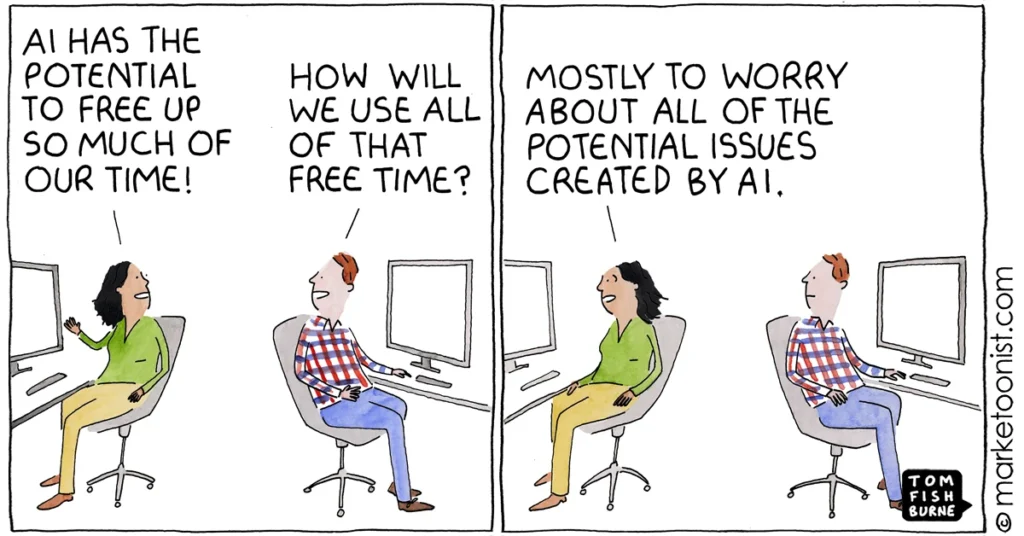
Attribution Is Already Changing (And AI Won’t Save You There)
Oh, and while you’re testing Meta’s new AI toys, the attribution rug is quietly being pulled out from under you. Meta is rolling out subtle reporting changes that make performance data look shinier than it really is.
Want the full tea? Read our Meta Attribution blog. But here’s the cheat code: don’t trust the vanity metrics. AI will serve you click-through rates that look like victory laps, but if those clicks don’t turn into purchases, you’re scaling noise, not revenue.
This is why pairing AI automation with smart attribution is non-negotiable. AI’s job is speed. Yours is knowing whether you’re sprinting in the right direction.
Why Q3 Is the Perfect Testing Ground
Timing is everything. Mid-August = fewer brands advertising. A lot of your competitors are either still summer-brain in the Hamptons or holding their budget for Q4. Translation? The playground is yours.
This quarter is your test kitchen. Experiment with AI tools now, when CPMs are chill, so by the time Q4 rolls around and ad costs spike, you’ve already built the perfect recipe.
The brands that wait until October? They’ll be panic-ordering UberEats while you’re serving a five-course dinner.
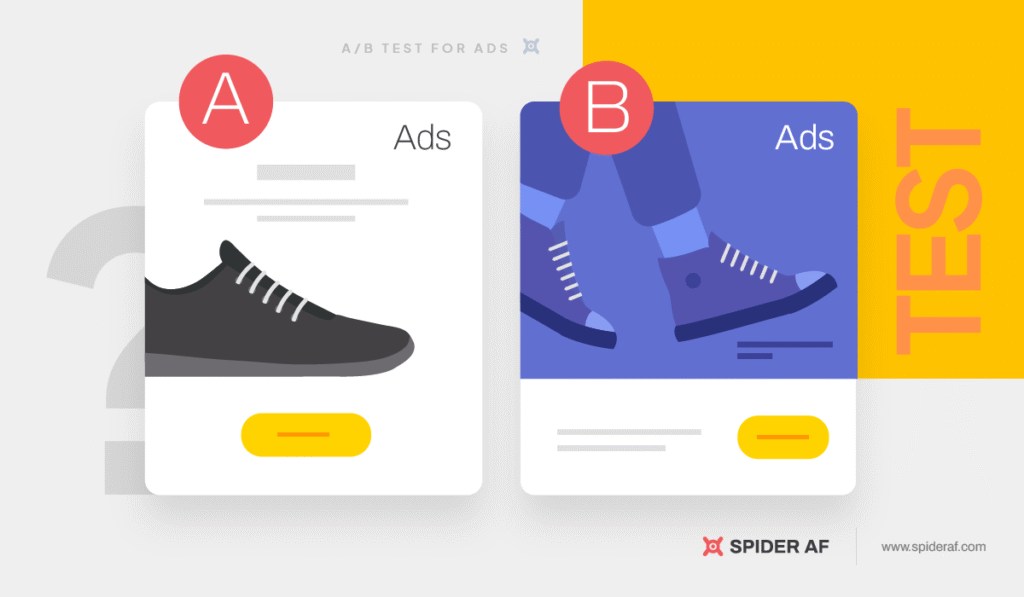
Humans + AI = The Real Growth Formula
Here’s the kicker: Meta AI ads in 2025 aren’t built to replace marketers. They’re built to replace the grunt work—those endless A/B tests, late-night budget shifts, and manual audience tweaks—so you can focus on the part AI will never touch: your brand’s voice.
Small D2C brands that use AI wisely (feed it good creative, track attribution smartly, keep a human in the driver’s seat) will stand out in a sea of sameness. Because once everyone’s using the same AI playbook, authenticity becomes your real competitive edge.
At Good On, we’ve seen firsthand: the brands who balance machine efficiency with human creativity are the ones that don’t just survive Q4…they own it.
Final Takeaway
Meta’s AI tools are sticking around. But like any tool, they’re only as good as how you use them. This quarter is your chance to experiment, blend AI’s scaling powers with your own human touch, refine what works, and lock in your playbook before the holiday madness begins.
Because yes, AI can run a million ad variations in the background. But can it write a caption your customer screenshots and sends to their group chat? Not a chance.
That’s still your job.
TL;DR
Meta AI ads in 2025 are game-changing—faster testing, smarter targeting, and automation at scale. But small D2C brands risk losing their voice if they let AI run the show. The winning strategy? Treat AI like a sous-chef: let it handle the grunt work while you protect the brand flavor. Keep attribution in check (Meta is shifting reporting again), and use Q3 as your low-stakes testing ground before Q4 costs skyrocket. The brands that balance AI efficiency with human creativity will win.
